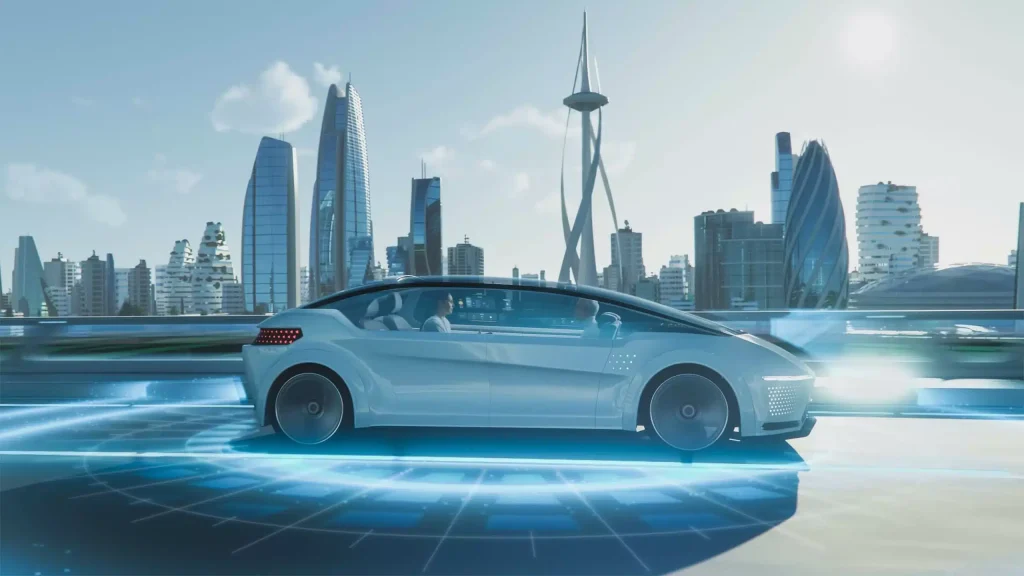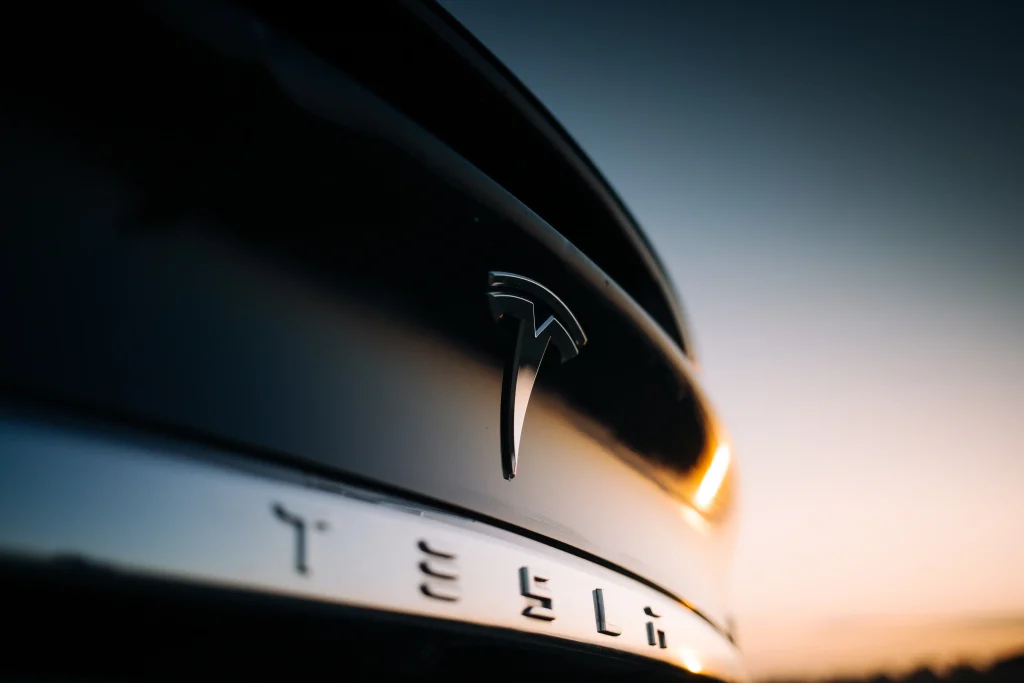Furthermore, Autonomous vehicles (AVs), also known as self-driving or driverless cars, are shaping the future of autonomous vehicles and becoming increasingly common on city streets around the world. Moreover, developers of these vehicles are striving to provide drivers with a safe, comfortable, and hands-free experience, pushing the boundaries of comfort and safety in road travel. […]
Agency Model and E-commerce: Growing Trends in Automotive Retailing
As with most industries, digitization and increasing automation have revolutionized the automotive industry, giving rise to four major disruptive technological trends: electrification, autonomous driving, shared mobility, and connectivity. These trends, combined with demand and supply challenges such as declining purchasing power, increasing inflation, rising fuel prices, and reliance on Chinese supply, are putting pressure on […]
Impact of Russia-Ukraine War on Aluminum Industry
Aluminum industry in the global economy The Russian military operations in Ukraine had a significant impact on many industries, including the aluminum industry. At the beginning of the year, global aluminum prices were already soaring, but the conflict surely exacerbated the situation in February. Notably, the war has not only impacted the aluminum market but […]
Automotive Industry: What the future holds
The rapid evolution of technology has opened multiple doors for innovation. Despite the economic plunge caused by the COVID-19 pandemic, industries worldwide are striving to recover. Even better, they are coming back with greater visions. Industries have been increasingly focusing on developing unique and innovative products designed to address current needs while incorporating futuristic features. […]
The Global Microchip Shortage
Critical shortages of crucial semiconductors are causing severe problems in various industries across the globe. Why is there a microchip shortage, how is it influencing policies and strategies implemented by governments, and will it end anytime soon? What are microchips? A microchip (sometimes referred to as a chip, a computer chip, an integrated circuit […]
Overview of the Retail Market in Egypt
Exploring the Retail Market in Egypt reveals it as one of the Middle East’s largest and most dynamic sectors. With a population exceeding 86 million, Egypt stands as a profoundly lucrative market, particularly in retail. The youth population and its continuous exposure to social media is driving the economy; they are educated, open minded and […]
Why it’s prime time now to invest in Egypt: A start-up’s take
In light of Warren Buffet’s advice, ‘Be fearful when others are greedy and greedy when others are fearful,’ now is the prime time to invest in Egypt. As Infomineo sought a location for its second African office, Egypt emerged as a strategic choice, showcasing the country’s resilience and potential for business growth Arguably, Egypt has […]
The Mismatch between Economic Strategy and Labor Policy Knocks out the Saudi Cement Market
On February 2012, The Saudi ministry of Commerce and Industry announced an export ban on cement and clinker in order to meet local demand and contribute to price stability in the Kingdom. The only exception was Bahrain, whose market will still benefit from Saudi cement inflow up to 25,000 bags/ week.
Morocco alcoholic beverages market
118 million liters, it is the volume of alcohol consumed in Morocco in 2011, according to the IWSR (International Wine & Spirit Research). Beer holds the first place with 68.3% (80.7 million liters) of total consumption, followed by wine accounting for 27.2% (32.1 million liters), and spirits for 4.5% with a volume of almost 5.3 […]








